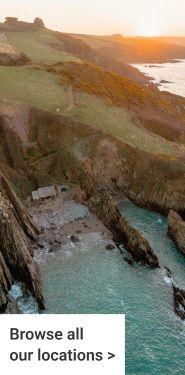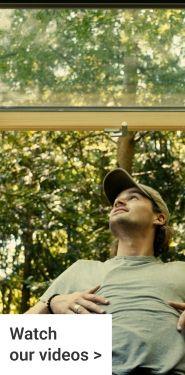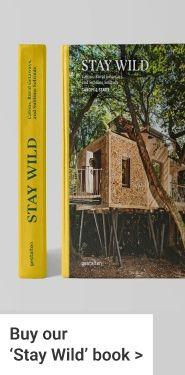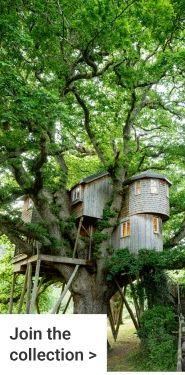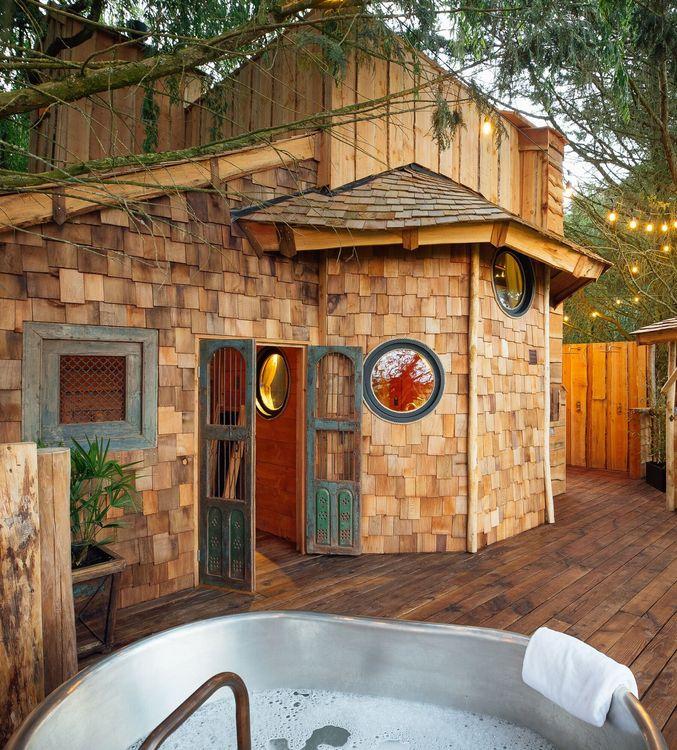
How to set up a glamping business
As glamping grows in popularity, the question of how to set up a glamping business becomes more complex. It’s vital that your glamping site is well thought through from a logistical standpoint but increasingly important that it has a clear identity that will help it stand out in what’s becoming a highly competitive market. As the leading glamping company for over a decade, we’ve worked with owners all across the UK and Europe, helping them make a success of all kinds of spaces and locations.
In this article we’ve laid out what you need to think about when you’re considering setting up a glamping business. Working through all of the following would form the basis of a solid glamping site business plan, but we can also help you more formally with things like planning and income forecasting via our consultancy service.
Conceptualising and choosing a location
Your vision
Think about your vision for the site and maybe a particular strength of your land to base it on, whether that’s stunning woodland, a wildflower meadow, a lake shore or something else you love about where you live.
Your USPs and focus
Choose a target market for your space (couples, families, big groups etc) and set it up perfectly for them. It will help you make decisions and craft something that has powerful appeal to your intended guests.
Views
Views are a huge part of a glamping site. Whether it’s hills stretching into the distance or seeing nothing but forest, try and position your space to make guests feel immersed in nature, with as few other buildings as possible in their line of sight. If you have a favourite sunrise or sunset spot, that could be a great choice.
Accessibility
Remote locations are fabulous, but they can be tricky for guests (and yourself when doing changeovers) if getting to and from the space is too much of a trek. They also severely limit the possibility of anyone with mobility issues coming to stay in your space.
Access to services
Another crucial factor when choosing a location is how you will supply the space with power and water. Going totally off grid gives you flexibility of siting but presents problems of its own with needing to restock frequently, while connecting to mains plumbing and electricity can be expensive and limit your location options.
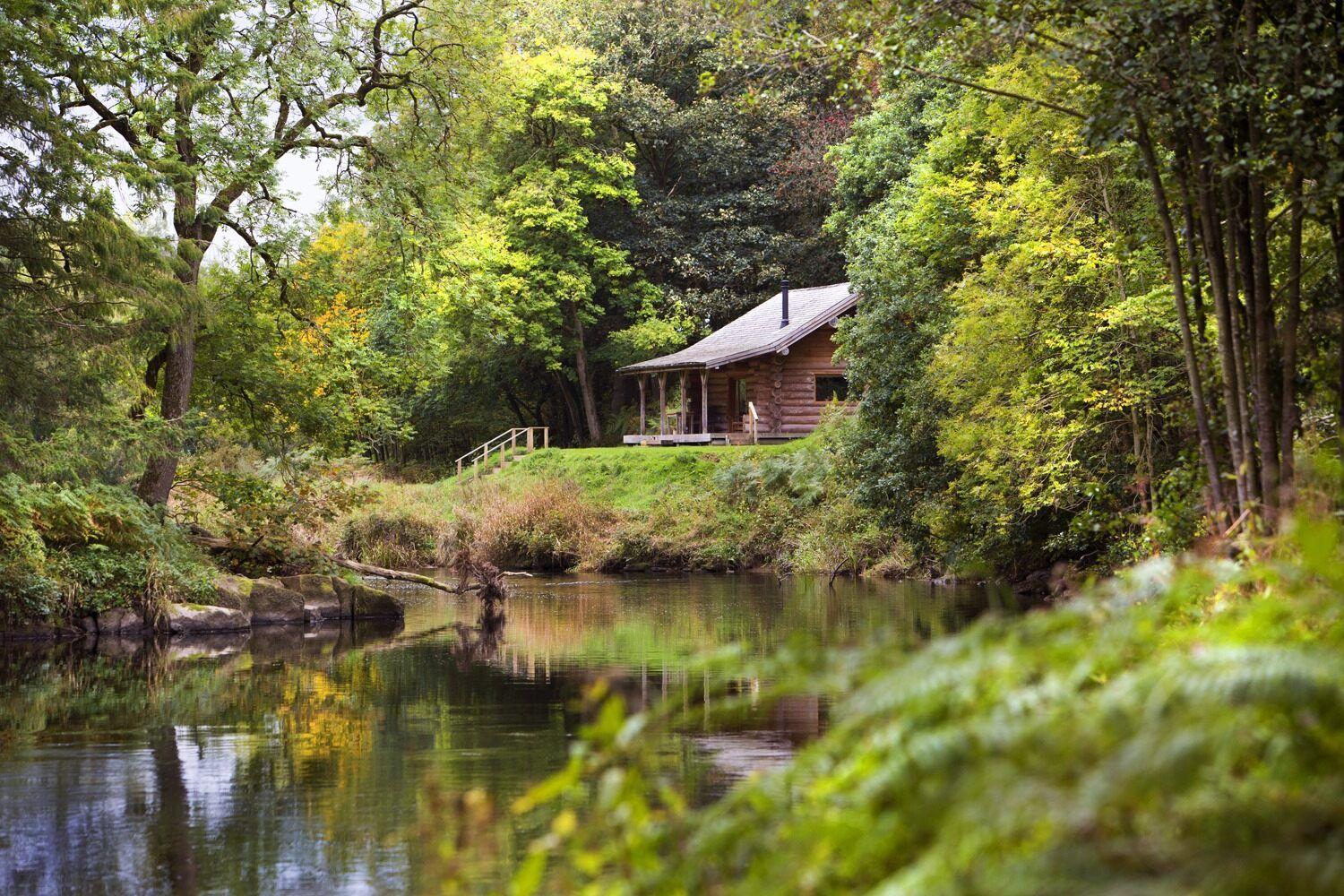
Choosing a structure
Pros and cons
Every type of space has its pros and cons. Something like a shepherd’s hut can make it harder to create an experience for families, while treehouses are stunning but can be expensive to build. You might also have a stylistic vision in mind which is easier to fulfil with a certain type of structure.
Know your guests
This is another point at which knowing who you’re marketing to is incredibly important as it will help you choose a space that will resonate with them and provide them with the experience they’re looking for.
Seasonality
Whether or not you want to open year round will also play a part in your structure choice. Most canvas spaces can be easily erected and even moved, but are harder to keep warm in winter. If you’re planning a camp with multiple structures (perhaps a main yurt with an outdoor kitchen) then you’ll need to think about how the ground will be if it’s wet or icy and whether or not you’ll need decking or walkways between the various areas. It could end up cheaper and more effective to invest more in the main space and have facilities indoors.
Create location plans and design:
- Access routes/parking
- Location of services
- Elevation drawings
Planning permission
This is such an important and complex topic that we’ve got a separate planning permission article, which you can read here. In brief, the process is that you submit a pre planning application and then a full application when approved. For that full application you will need a business plan and it helps to be talking to your Parish Council at every step. This is also the time when you might look into any grants and funding or loans that you think you’ll need.
Breaking ground
Before you can start having fun with building, painting and decorating, you will need to spend some time and money (probably more of both than you think) on prepping the spot you’ve chosen. You’ll at least need a level piece of ground, but other landscaping might be useful to enhance certain features or make things more practical. You might also think about any planting you want to do, perhaps to give the space privacy or give shade and shelter in either good or bad weather. It might take a while to come good, but it’s worth thinking about as early as you possibly can. This is also when you need to give serious thought to utilities and make sure that you’ll be able to run the space from a practical point of view.
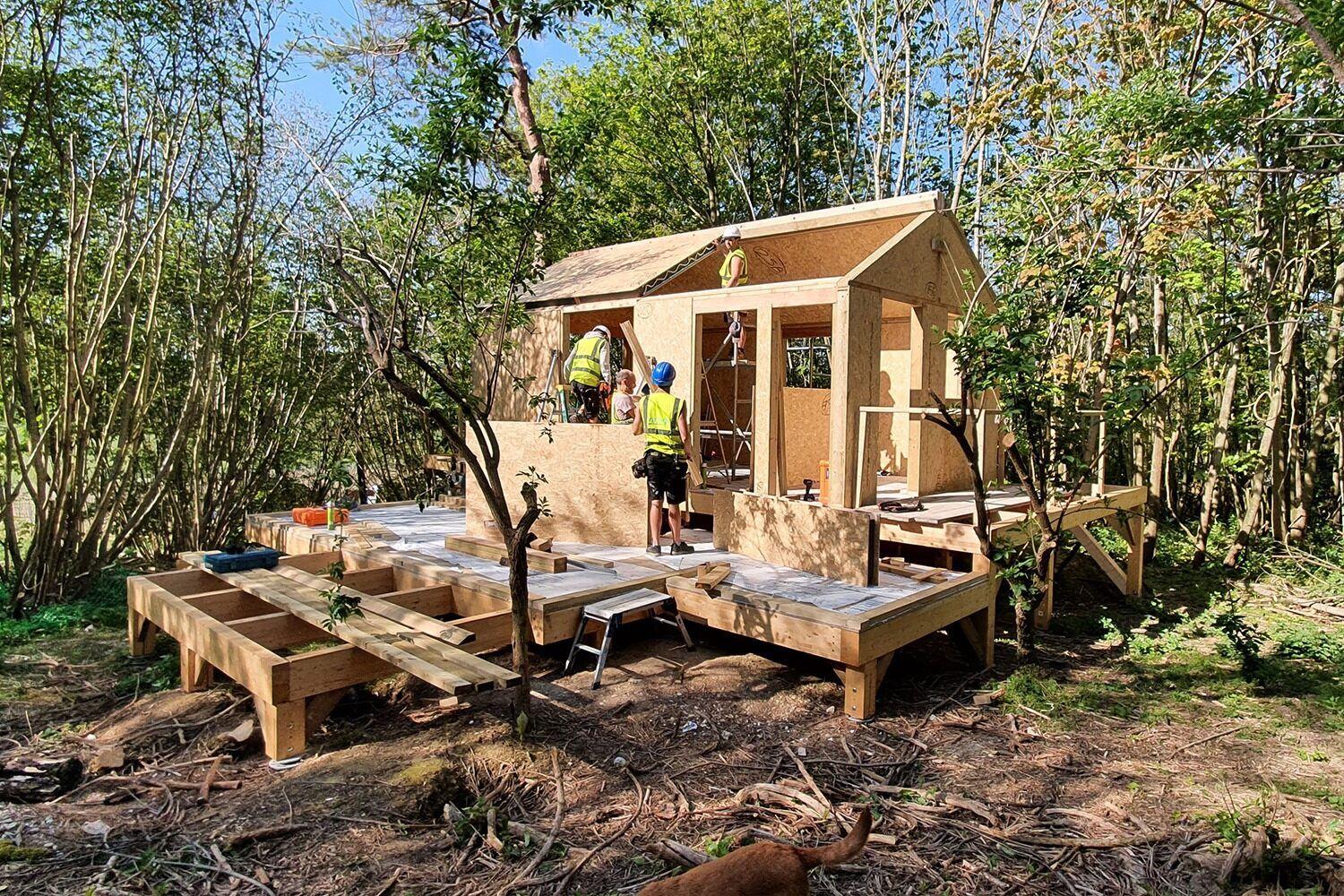
The build
This is the fun part. If you’re having people in to build for you, then you get to see your space rise up and take shape in front of you. If you’re doing a lot of the work yourself, then it can be a stressful but also immensely satisfying time. At every stage, think about your USPs and the experience you’re trying to offer to people. You can even imagine some ideal guests and use, “what would X like?” to help guide your thinking. When it’s time to work on the interior design, take a look at our glamping interiors article for a little inspiration and guidance.
Icing the cake - added extras
See what extras and experiences you can offer to guests on or around your land. You might have a good wild swimming spot or interesting foraging nearby or be in a good stargazing area. These cost nothing to bring to a guest’s attention and can make a stay truly memorable. You might choose to provide a lavish welcome hamper (factored into your nightly rates of course) or have courses, activities or therapy sessions that you can offer to guests. Think about what you can do differently from everyone else that will help you stand out, but also bear in mind what guests really want. If you aren’t sure about that last part, then don’t worry, we have an article all about it.
Health & Safety
Health & Safety is a very important part of establishing a glamping business. You need certifications for all lighting, gas and electrical appliances and stoves. (from The Gas Safety Register and HETAS, respectively.) You must have smoke and carbon dioxide alarms, fire blankets and/or extinguishers and a first aid kit. You will also need insurance - public liability cover is essential.
Beyond compliance with the law, there are some extra measures we’d thoroughly recommend. Leave clear instructions for all appliances, especially wood burners. Take a good look at the lighting in and around your space, especially where there is any uneven ground or water (like around a hot tub). You might also want to check that there is clear signage for any areas that are out of bounds to guests.
Marketing your space
The first thing you want to do when it comes to marketing your space is join the best agency in the business - us! If you do want to go it alone, then here are three things to remember when it comes to marketing a glamping business. First, get professional photography. A good photographer won’t just have a better camera than you might own yourself, they’ll be able to frame shots to capture the feel of your space, especially the interiors, which are notoriously tricky to shoot. Professional photos will go a long way to convincing a guest to book with you. Second, if you have your own website, then lay out the information guests will need to make a decision as clearly and simply as you can. People will be comparing multiple properties and it helps to keep the important details scannable. And third but not least, one more time, remember your USPs and your target market. Set up your website like you have your glamping business - geared completely to the people you want to stay and the things they’ll love.
Welcoming your guests!
A warm welcome is probably second only to a decent bed in the list of things that influence how guests feel about their stay. Good feedback and positive reviews are crucial for helping your glamping business flourish so take a look at our articles on creating the perfect welcome and how to make a good welcome pack, so every stay starts off on the right note.

